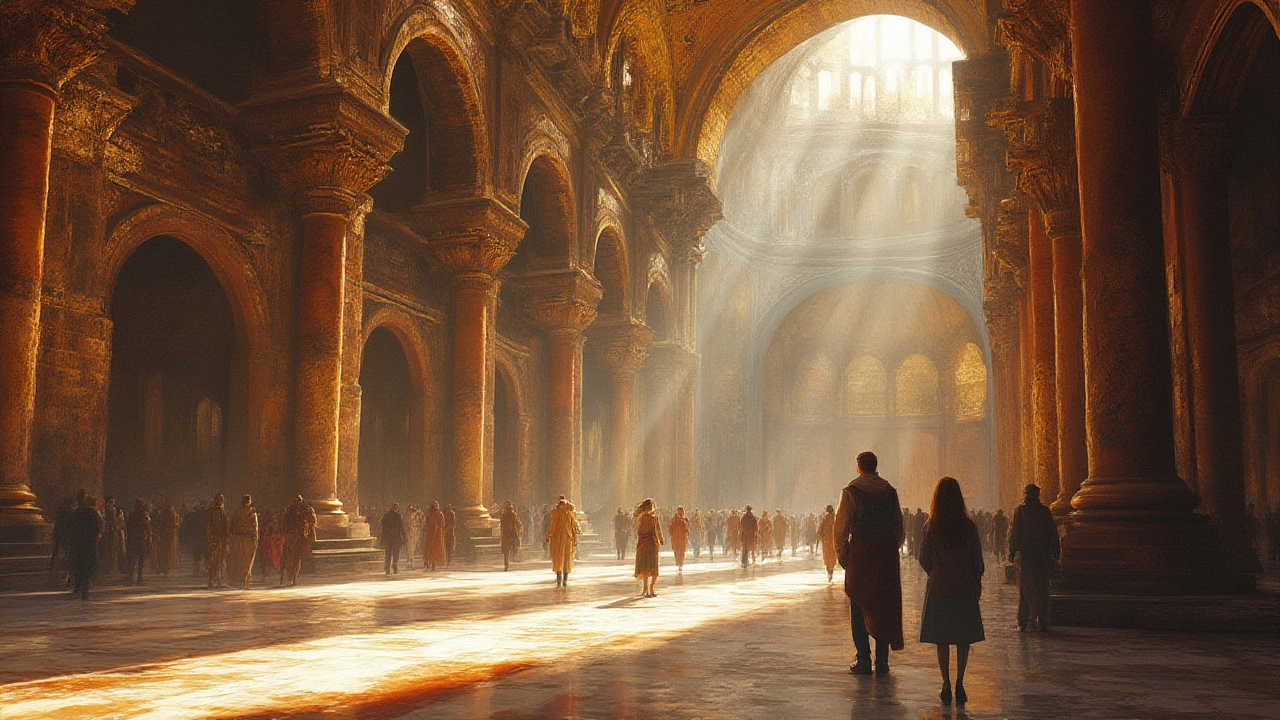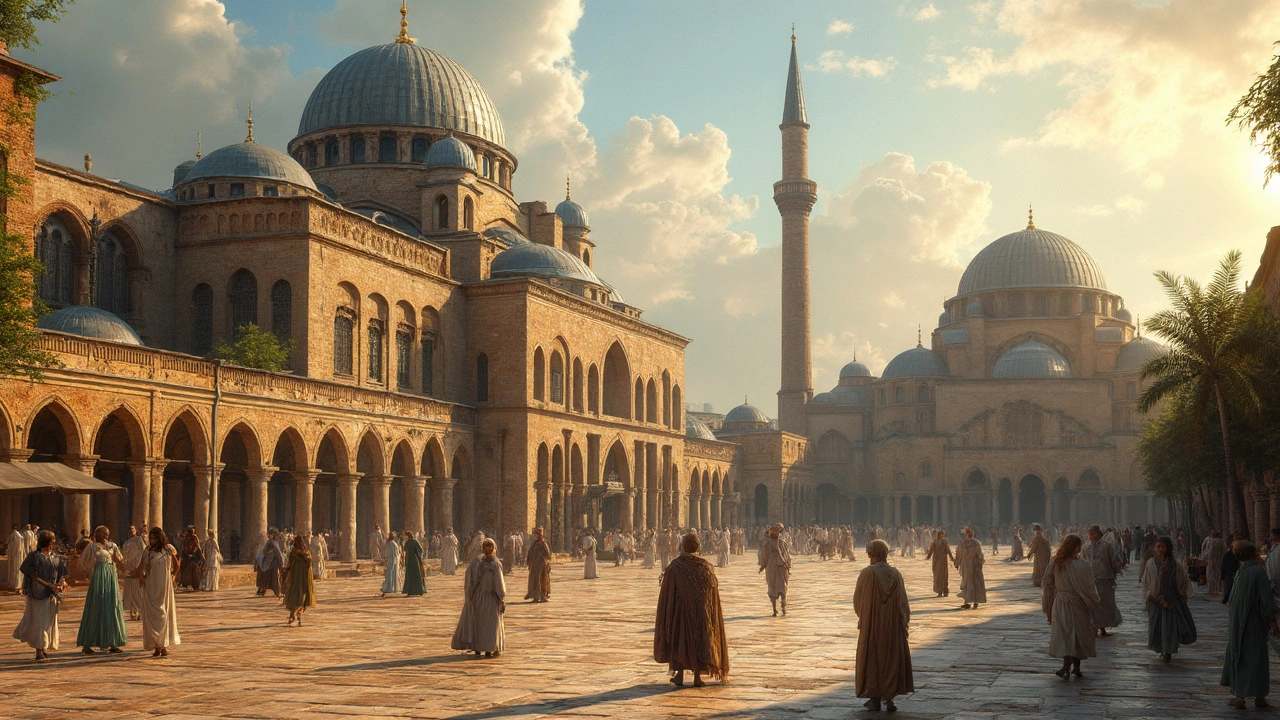Domes: how they work and why they last
Some domes — like Rome’s Pantheon — have stood for nearly 2,000 years. That’s not luck. A dome is a simple idea with powerful results: it turns a flat roof into a strong, self-supporting shell that covers wide spaces without many internal supports. You’ll find domes on churches, mosques, civic buildings, and even modern homes because they solve the same problem — span a space elegantly and efficiently.
At the core, domes work by channeling loads into compression. Early builders used stacked stone or bricks and clever shapes to keep forces pushing inward. The Romans added concrete and the oculus (a round opening) to reduce weight. Later, Byzantine architects used pendentives — triangular sections that let a circular dome sit on a square base — which you can see in Hagia Sophia. Modern domes use steel, reinforced concrete, or lightweight panels, but the idea stays the same.
Common dome types and what they tell you
Hemispherical dome: A true half-sphere. Think Pantheon. It’s compact, bold, and usually Roman or classical in inspiration.
Onion dome: Bulbous and tall, common in Russian and some Eastern designs. It often signals regional style and decorative priorities over pure structural logic.
Ribbed or pointed dome: Found in Gothic-related or Islamic architecture. Ribs can be structural and decorative, helping transfer weight while creating a visual pattern.
Pendentive or drum-supported dome: Pendentives link a round dome to a square room; a drum lifts the dome and adds windows or a lantern. Both are staple features in Byzantine and Renaissance buildings.
Geodesic dome: A modern mesh of triangles. Lightweight, efficient, and often used in experimental architecture, greenhouses, and prefab homes.
Spotting, preserving, and using domes today
Want to tell an era from the dome? Look at shape, surface, and detail. A plain hemispherical dome with an oculus points to Roman engineering. A highly decorated interior mosaic and a pendentive system suggest Byzantine work. A tall lantern or multiple stacked drums usually hints at Renaissance or later revival styles.
If you’re visiting, photograph the dome from below to catch light patterns, then step back to see its silhouette against the sky. For owners and conservators, common threats are water infiltration, seismic movement, and heavy modern additions. Small fixes like better drainage, discreet anchors, and monitoring sensors extend life without changing the look.
Designers can borrow dome ideas without building a full dome: use curved roofs, small cupolas, or lightweight modular domes for skylights and community spaces. They offer great acoustics and a strong visual focal point without massive cost if you pick modern materials.
Explore the articles tagged "domes" to see Roman, Byzantine, Renaissance, and revival examples and learn how each culture made the dome its own. You’ll notice patterns fast — and start spotting these shapes in cities and towns everywhere.

Byzantine Architecture: The Synthesis of Classical and Eastern Styles
Dive into Byzantine architecture—the blend of Roman engineering and Eastern flair, from soaring domes to glowing mosaics, that still shapes buildings today.
Read more
Byzantine Architecture: The Grandeur That Changed Skylines
Unpack the magic behind Byzantine architecture and its impact on the world as we know it. This article explores why domes, mosaics, and spacious designs weren't just for looks but actually changed how cities and worship worked. If you've ever wondered how buildings like Hagia Sophia stood for centuries, you'll get real answers here. Whether you're planning a trip, studying history, or just love amazing structures, these insights will come in handy. You'll also discover fun facts and tips if you want to spot true Byzantine features in any city.
Read more